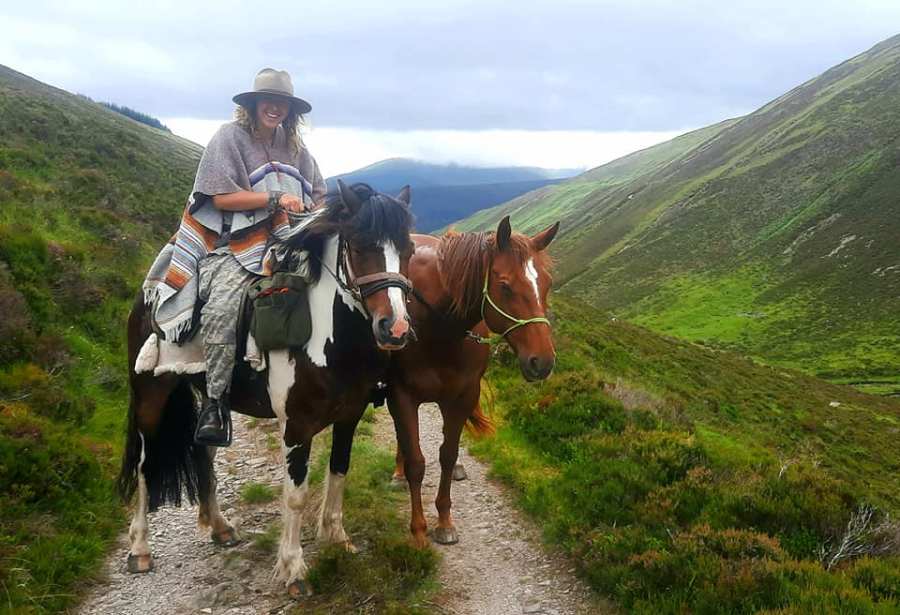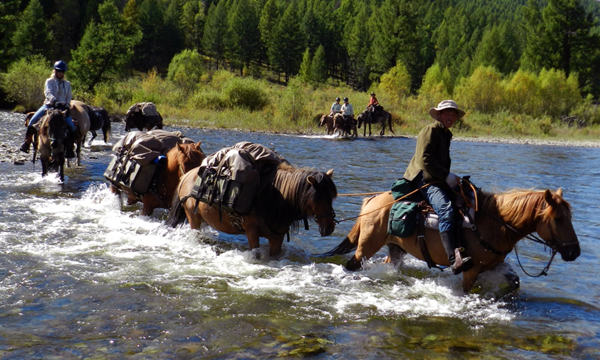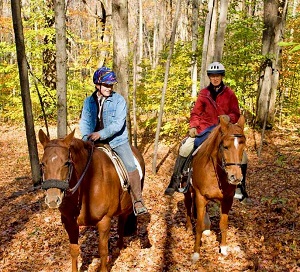So, have you ever thought about how horseback riding can actually be connected to environmental awareness? It’s not something that immediately comes to mind when you think about riding horses, but there’s actually a pretty interesting connection there. In fact, horseback riding can be seen as a way to appreciate and connect with nature, while also promoting sustainable practices. You might be thinking, “How on earth does riding a horse help the environment?” Well, that’s exactly what we’re going to explore in this article.
When you think about horseback riding, you probably imagine beautiful trails, serene landscapes, and the sound of hooves against the ground. It’s an experience that allows you to connect with nature in a unique way. But beyond just the enjoyment, horseback riding can also have a positive impact on the environment. Did you know that horses have a much smaller carbon footprint compared to other modes of transportation? It’s true! Horseback riding is a sustainable form of travel that doesn’t contribute to air pollution or noise pollution. Plus, by exploring nature on horseback, you develop a deeper appreciation for the environment and become more aware of the need to protect it. Pretty cool, right? In this article, we’ll dive deeper into the connection between horseback riding and environmental awareness, discussing topics like trail conservation, eco-friendly practices, and the benefits of connecting with nature on horseback. So, if you’re curious to learn more about how this ancient mode of transportation can contribute to our modern-day efforts to protect the environment, keep reading!

Horseback Riding and its Connection to Environmental Awareness
Horseback riding has a long and rich history, dating back to ancient civilizations. It has evolved over time and become deeply ingrained in various cultures around the world. Apart from its cultural significance, horseback riding offers numerous physical and mental health benefits, making it a popular choice for many individuals. However, as horseback riding continues to thrive, it is crucial to recognize its impact on the environment and adopt sustainable practices to preserve our natural surroundings.
The Origins of Horseback Riding
The roots of horseback riding can be traced back to around 4000 BCE, when horses were first domesticated in Central Asia. Initially, horses were primarily used for transportation, hunting, and warfare. As civilizations progressed, horseback riding became a cherished skill, with ancient civilizations such as the Greeks, Romans, and Persians incorporating it into their daily lives.
The Evolution of Horseback Riding throughout History
Throughout history, horseback riding has evolved into various styles and disciplines. From the disciplined elegance of dressage to the exhilarating jumps in show jumping, each style offers a unique experience for both riders and spectators. English riding, with its focus on technique and precision, developed alongside Western riding, which is known for its use of a Western saddle and cowboy heritage. Trail riding allows riders to explore nature and enjoy the great outdoors, while dressage showcases the harmonious relationship between horse and rider.
The Cultural Significance of Horseback Riding
Horseback riding holds immense cultural significance in different parts of the world. In certain countries, such as Mongolia and the United Arab Emirates, horseback riding is deeply intertwined with their nomadic lifestyles and traditions. The cowboy culture of the American West continues to shape the way Western riding is perceived and celebrated. Ancient equestrian traditions, like horse archery and polo, have also been preserved and passed down through generations.

The Benefits of Horseback Riding
Horseback riding offers a plethora of benefits, ranging from physical health to mental well-being. Engaging in this activity can be an excellent way to stay fit and improve overall cardiovascular health. The movements and balance required while riding help strengthen core muscles and promote good posture. Regular horseback riding also enhances coordination and balance, as riders must communicate effectively with their horses to achieve desired movements.
Physical Health Benefits of Horseback Riding
The physical demands of horseback riding make it a great form of exercise. Riding engages various muscle groups, including the back, legs, and abdominal muscles. It helps to improve flexibility, as riders need to adjust their posture and position based on the horse’s movements. Additionally, the rhythmic motion of riding can aid in stress reduction and relaxation.
Mental Health Benefits of Horseback Riding
Horseback riding is not only beneficial for physical health but also for mental well-being. The connection between rider and horse fosters a sense of companionship and trust, which can have a positive impact on mental health. Spending time outdoors in nature and away from the stresses of everyday life provides a welcome escape for many riders. The serene environment and the rhythmic movement of the horse can help reduce anxiety and promote a sense of calm.
Therapeutic Uses of Horseback Riding
Horseback riding has also shown tremendous potential as a therapeutic tool. Equine-assisted therapy, often referred to as hippotherapy, has been particularly effective in aiding individuals with physical, cognitive, and emotional disabilities. The movement of the horse stimulates the muscles and promotes sensory integration, providing therapeutic benefits for those with conditions such as cerebral palsy or autism spectrum disorders.

Different Styles of Horseback Riding
Horseback riding encompasses a wide range of styles and disciplines, each with its own unique characteristics and purposes. Understanding these styles can help riders choose the one that aligns with their interests and goals.
English Riding
English riding is known for its elegance and precision. Riders often use close contact saddles and employ subtle aids to communicate with their horses. This style includes disciplines such as dressage, show jumping, and eventing. Dressage focuses on the harmony and fi+munity with your steed
. The rider must perform specific movements and patterns with great precision, showcasing the horse’s ability and obedience. Show jumping emphasizes the horse’s ability to clear obstacles while maintaining speed and agility.

Conclusion
Horseback riding offers a thrilling and rewarding experience, allowing riders to connect with nature and build a strong bond with their horses. It is important, however, to remain conscious of the environmental impact horseback riding can have. By adopting sustainable practices, preserving natural habitats, and promoting environmental awareness in equestrian activities, we can ensure that horseback riding continues to thrive in harmony with our planet for generations to come. So, hop on a horse and embark on an environmentally conscious adventure through the breathtaking landscapes that horseback riding offers!